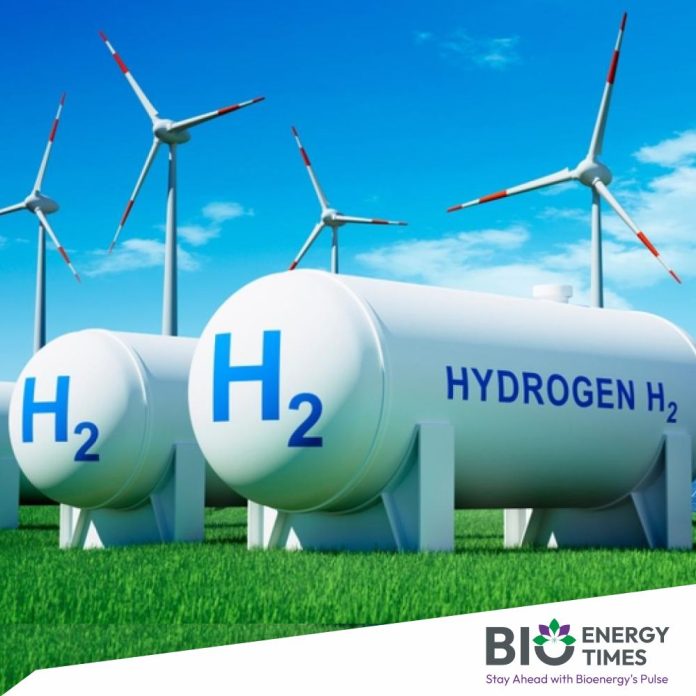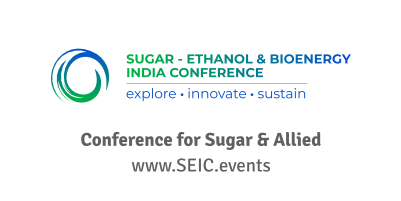India is on track to meet 10% of the world’s green hydrogen demand by 2030, Union Minister of State for New and Renewable Energy and Power, Shripad Y. Naik, said at the 3rd International Conference on Green Hydrogen (ICGH 2025) held at Bharat Mandapam, New Delhi on Wednesday.
Speaking at the high-level event, Naik highlighted India’s rapid energy transition, calling it one of the boldest and fastest globally, guided by Prime Minister Narendra Modi’s Panchamrit commitments at COP-26. He noted that India is steadily progressing toward its target of 500 GW of non-fossil-fuel capacity by 2030 and achieving net-zero emissions by 2070.
India’s installed non-fossil-fuel power generation capacity has now reached nearly 260 GW, dominated by solar and wind energy. “This strong renewable base empowers India to take the next decisive step—the Green Hydrogen Revolution—transforming renewable energy into clean molecules capable of decarbonising industries, fuelling transport, and enabling global trade,” Naik said.
India Emerging as a Global Hub for Hydrogen Trade and Technology
Naik projected India’s green hydrogen market to grow at a compound annual rate of 20–40% over the next decade. With abundant renewable energy, strategic geography, and supportive policies, the country is poised to become a leading producer and exporter of green hydrogen and its derivatives, including green ammonia and methanol.
He emphasised that India is not just participating but leading the global hydrogen transition through robust policy frameworks, standardisation initiatives, and international collaborations. Naik urged industry players and investors to accelerate project execution, scale up electrolyser manufacturing, and strengthen innovation pipelines. He also encouraged state governments to establish hydrogen hubs and industrial clusters to drive local economic growth.
Calling the green hydrogen transition an economic, environmental, and societal transformation, the Minister said it will fuel sustainable prosperity and strengthen India’s position as a key pillar of the global hydrogen value chain.
National Green Hydrogen Mission Moves from Vision to Implementation
Since its launch in January 2023, the National Green Hydrogen Mission (NGHM) has shifted from planning to execution, Naik said. Incentive schemes worth ₹17,000 crore support green hydrogen production and electrolyser manufacturing.
To date, projects have been approved for 3,000 MW per annum of domestic electrolyser manufacturing and 8.62 lakh metric tonnes per annum of green hydrogen production. The Solar Energy Corporation of India (SECI) has secured globally competitive prices for 7.24 lakh MTPA of green ammonia supply to fertiliser units. Additionally, projects have been sanctioned for the supply of 20,000 MTPA of green hydrogen to IOCL, BPCL, and HPCL refineries.
“ICGH 2025 underscores India’s commitment to advancing green hydrogen technology, fostering innovation, and accelerating the transition toward a sustainable energy future,” Naik added.
Whole-of-Government Approach Strengthening India’s Clean-Energy Ecosystem
Union Minister Dr Jitendra Singh, overseeing Science and Technology, Earth Sciences, and other departments, praised the Ministry of New and Renewable Energy for bringing together researchers, scientists, industry leaders, and start-ups at ICGH 2025. He said such multi-stakeholder engagement fosters collaboration between academia, innovators, and industry, translating research into market-ready technologies.
Dr Singh highlighted the Green Hydrogen Mission as a model of the government’s “whole-of-government, whole-of-nation” approach, integrating efforts across ministries. He noted that earlier programmes from the Department of Science and Technology have been subsumed under the Mission, demonstrating India’s commitment to breaking silos and adopting an integrated framework for strategic technologies.
He added that India’s scientific missions—from biotechnology and biofuels to hydrogen, electric mobility, and nuclear energy—are increasingly implemented through public–private partnerships with a focus on long-term sustainability, reflecting the vision of Viksit Bharat by 2047.
India Among Fastest-Growing Green Hydrogen Ecosystems Globally
Akash Tripathi, SECI Managing Director, said India’s push for cleaner energy and global leadership in hydrogen aligns closely with the goals of the National Green Hydrogen Mission. He noted SECI’s role in securing globally competitive prices for green ammonia, strengthening project bankability, attracting long-term capital, and boosting investor confidence.
Abhay Bakre, Mission Director of the National Mission for Green Hydrogen, said that in less than three years, India has emerged as one of the world’s fastest-growing hydrogen ecosystems. ICGH 2025 discussions aim to refine strategies and identify focus areas for the coming years.
Vineet Mittal, Chairman of Avaada Group, said India’s green hydrogen journey is transforming vision into reality through transparent policies, well-planned projects, and innovation-driven market mechanisms. Leveraging abundant solar resources and technical expertise, he noted, India has become a global leader in renewable energy production.
















